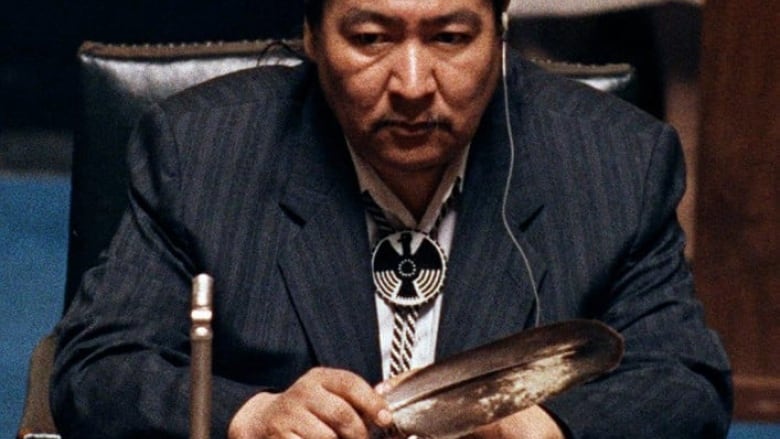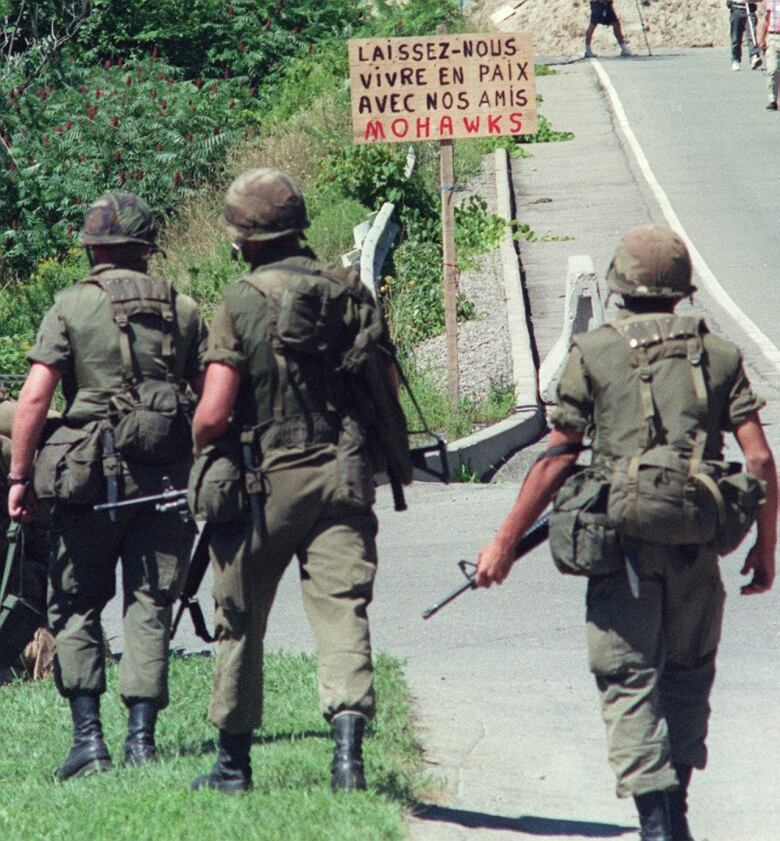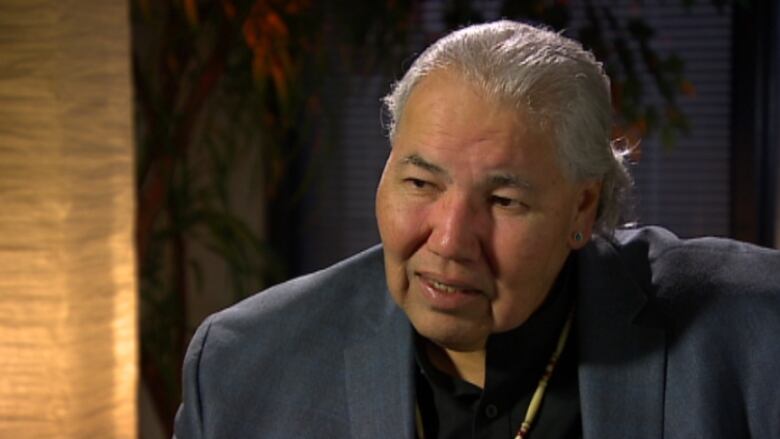National Aboriginal Day: 6 events that changed the conversation
Monumental moments from Meech Lake to the Truth and Reconciliation Commission's report

Aboriginal Day is going to be celebrated this Sunday,June 21, 2015. Celebrations will be held across the country which makes me reflect on the past 25 years when it comes to indigenous peoples and Canada.
Certain events have highlighted the conversation involvingthe rising voice of indigenous peoples in today's society.
So without further ado, I would like to share with you "TheMaeenganTopFive-ishList of Monumental Moments of Indigenous Milestones and Opportunities Lost in Aboriginal/Canadian Relations, Conversation, and Reconciliation."
1. The Meech Lake Accord (1990)
Then-prime minister BrianMulroney hatched a scheme to amend the Canadian Constitution in order to bring Quebec into the fold.The only problem was that he neglected to include Aboriginal Peoples into the discussion.
Elijah Harper killed Meech Lake when he said 'No.'
As a result, Mulroney went back to the drawing boardand came out with the Charlottetown Accord. This time around,he included First Nations representatives in the negotiations on amending the Constitution, which included Aboriginal Peoples as "one of three orders of government."
In the end, it was rejected by all Canadians in a national referendum, and it set precedent to include aboriginal leaders in matters that pertained to them.
2. The Oka Crisis (1990)
Weeks after the Meech Lake Accord bled on the steps of the Manitoba Legislative building, a land dispute exploded between the Town of Okaand the Mohawks of Kanesatake.

When the crisis ended 78days later, Mulroney launched the Royal Commission on Aboriginal Peoples, a national inquiry that examined the relationship between Canada and Aboriginal Peoples. It offered amazing recommendations to be implemented, and it enabled aboriginal organizations a wealth of information to use in formulation of project proposals.
Unfortunately,it was placed on a shelf, where it continues to gather dust.
3.Phil Fontaine discloses personal abuse in residential school (1990)

His story flung open doors and shed light into Canada's darkest periods of history.
WhenFontaine became national chief of the Assembly of First Nations, he was instrumental in the negotiation of the Indian Residential Schools Agreement,which established compensation for over 80,000 survivors,and the establishment ofthe Truth andReconciliation Commission of Canada.
The Government of Canada issued an apology to the survivors of residential schools in 2008.
4. Idle No More (2012)

Round dances exploded across the country in direct response to Prime Minister StephenHarper's imposed policies on indigenous peoples and communities.
We can thank Harper for inspiring indigenous peoples to start organizing amongstthemselves, to educate themselves and Canadians on indigenous issues, and to build their capacity to "create community at the grassroots level."
5. #MMIW (2014)

Combined withTina Fontaine's murder, it raised the awareness to a new leveland brought thousands of people, indigenous and non-indigenous together.As well, it has moved some political parties to call for a national inquiry into MMIW.
6. Truth and Reconciliation Commission of Canada Report (2015)
I can't finish this list without includingand acknowledgingtoday's opportunity only because the ink has not had the opportunity to dry yet. But, I am optimistic it will create deep and inherent change at multiple levels, and with Canadians from all walks of life.

But then again, lead commissionerJustice Murray Sinclair said all Canadians carry the responsibility for carrying out the recommendations.
So now we both indigenous and non-indigenous can think about what we can do to carry the conversation forward, looking beyond the the government policy, frameworks, and reports, and focusing on the humanity of indigenous peoples.
And on NationalAboriginal Day, I'm going to wake up and I'm going to say,"Today is a good day to live."












_(720p).jpg)


 OFFICIAL HD MUSIC VIDEO.jpg)
.jpg)



























































































